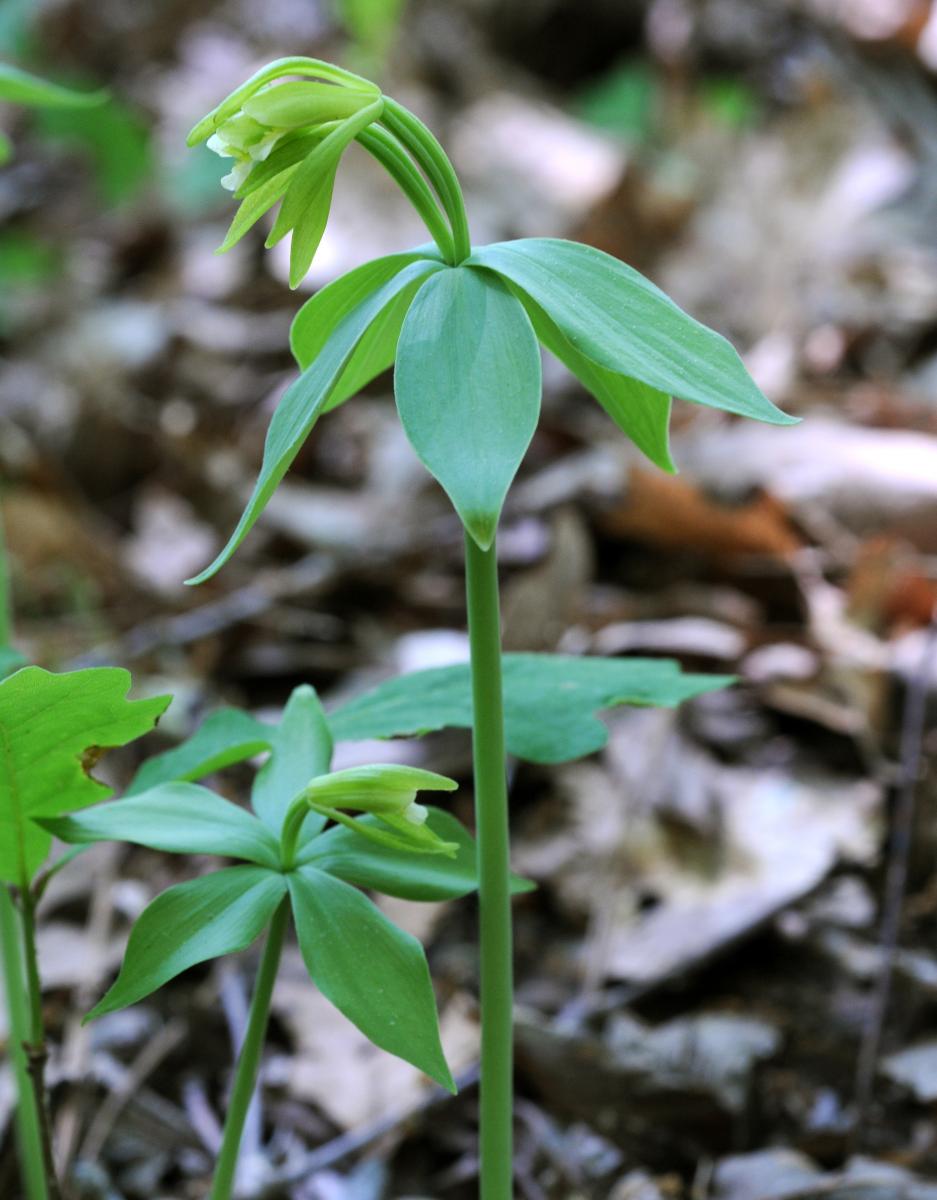Research ProjectUsing Mycorrhizal Ecology to Conserve Rare Orchids
Using Mycorrhizal Ecology to Conserve Rare Orchids
Affiliated Labs
Project Goal
Orchids are often rare and conservation requires also conserving their interactions with other species. The goal of this project is to better understand how orchids and their mycorrhizal fungi interact and to apply that knowledge to orchid conservation and propagation.
Description

Over half of the over 230 species of orchids that are native to North America are threatened or endangered somewhere in their ranges. Current attempts at orchid conservation have focused on land conservation because so little is known about the environmental conditions that orchids need. We are also involved in applying studies of orchid mycorrhizal fungi to orchid conservation. We are working on a project that has been funded by the U.S. National Park Service, the West Virginia Dept. of Transportation, and U.S. Army Fort A.P. Hill to identify the fungi associated with Isotria medeoloides and identify the factors that are contributing to its rarity in the mid-Atlantic. Working in sites in Prince William Forest Park, Monongahela National Forest, Fort A.P. Hill, and New Hampshire we have identified the mycorrhizal fungi and are now using specific PCR primers and quantitative real-time PCR to examine the distribution and abundance of these fungi in the soil.
We have found that orchids growing in locations with more of the fungi they associate with and more available light are more likely to emerge above-ground and potentially flower than those in locations where their fungi are less abundant. We are combining this information with modeling of plant population dynamics to understand what factors are driving declines of this rare orchid. We are measuring how light availability and mycorrhizal fungus abundance impact distinct parts of the orchid life cycle and how they combine to impact population dynamics. This is informing decisions about factors affecting extirpation and sites and methods for restoration and was featured in stories on National Public Radio and Hearst Television and is contributing to the formation of the North American Orchid Conservation Center, based at SERC.

